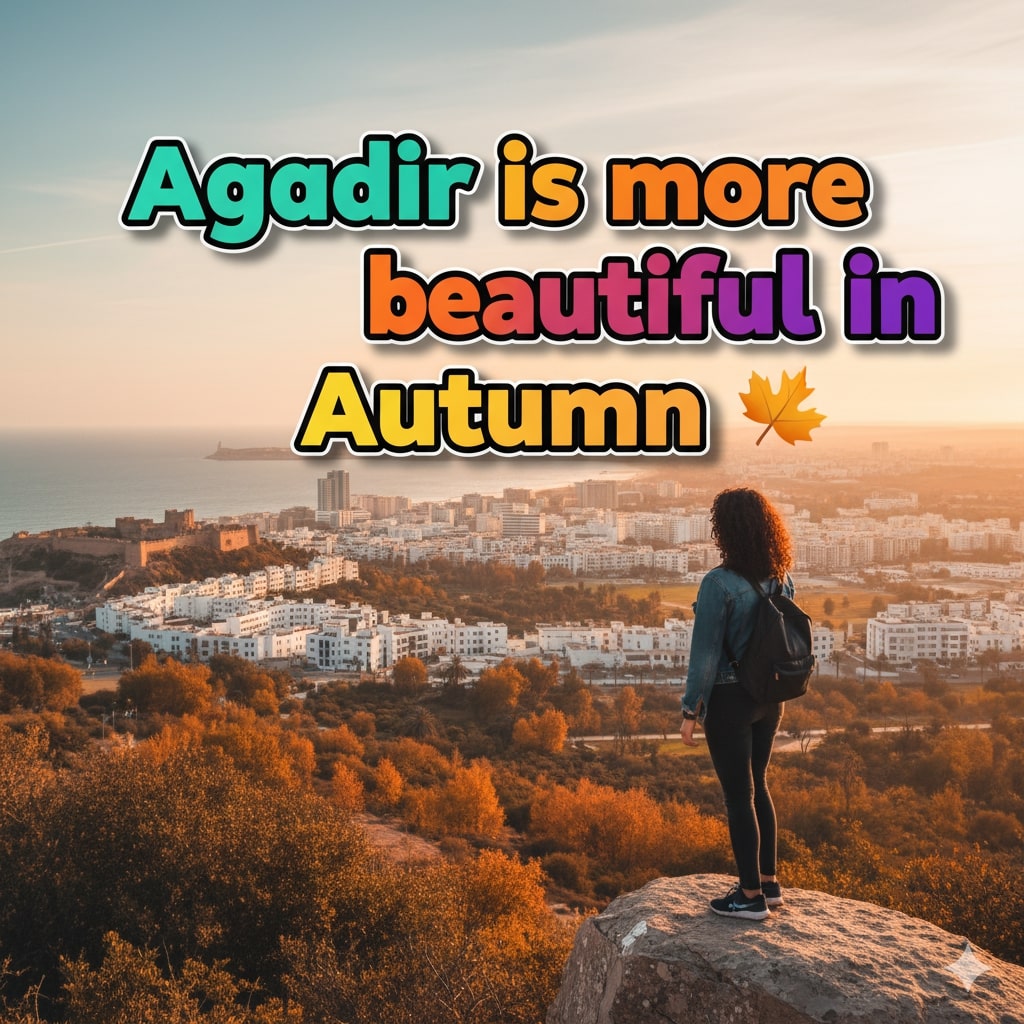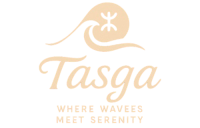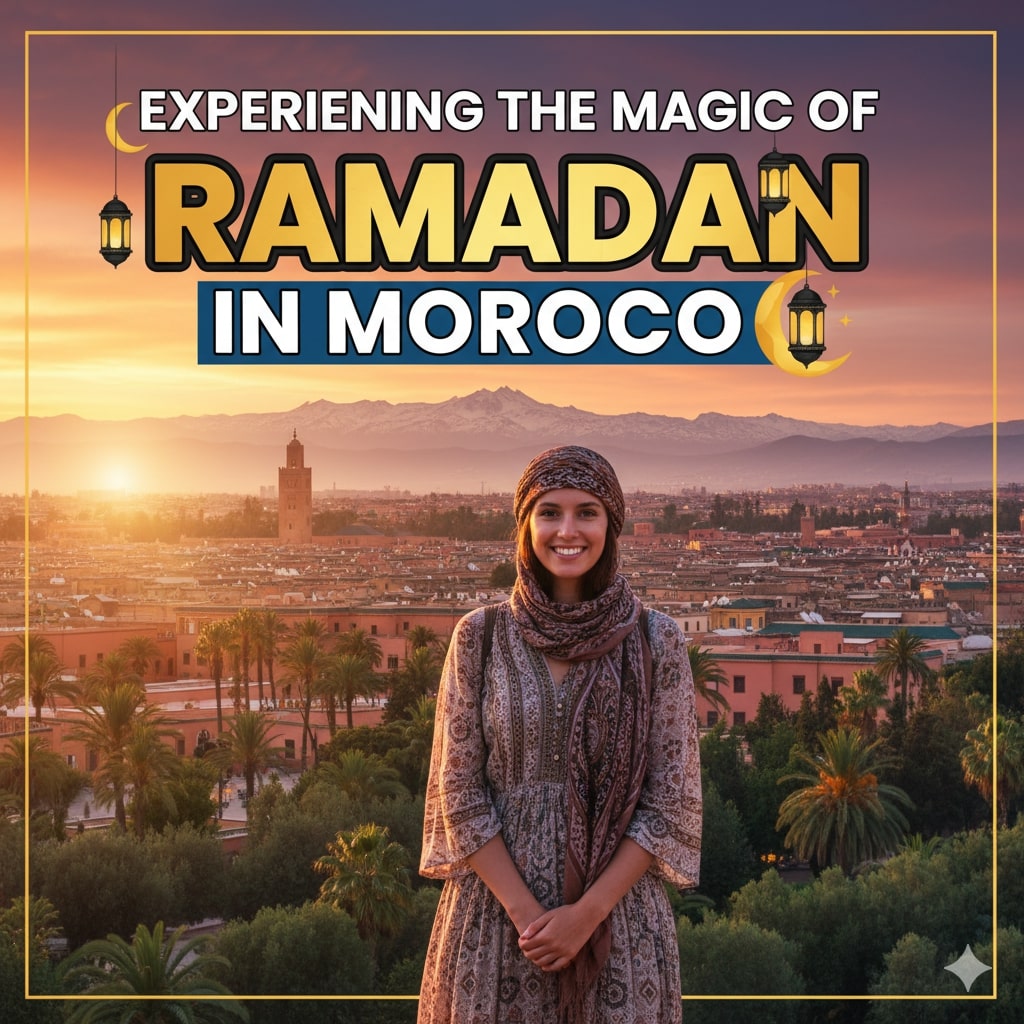Ramadan, the ninth month of the Islamic lunar calendar, is a period of profound spiritual significance, community, and devotion for Muslims worldwide. In Morocco, this holy month transforms the rhythm of daily life into a unique, deeply enriching experience for visitors. It’s a time when the country’s ancient traditions, legendary hospitality, and culinary artistry shine brightest, offering tourists an unparalleled glimpse into the heart and soul of Moroccan culture. Far from being a month of inconvenience, visiting Morocco during Ramadan is an opportunity to witness a rare form of magic—the contrast of tranquil, reflective days giving way to vibrant, festive nights.
Understanding the Holy Month
Ramadan is observed by Muslims as the month in which the Quran was first revealed to the Prophet Muhammad. It is a time of intense fasting, prayer, reflection, and community. Adult Muslims abstain from food, drink, smoking, and other physical needs from dawn (Fajr) until sunset (Maghrib). This self-discipline is intended to foster empathy for the less fortunate, strengthen spiritual devotion, and promote charity.
While non-Muslim tourists are not expected to fast, understanding and respecting this commitment is the cornerstone of a successful and positive trip. The days are dedicated to reflection and work, operating at a slower, more deliberate pace, while the evenings burst into life with communal meals, social gatherings, and late-night prayers.
The Transformation of Daily Life: Day and Night
The most striking aspect of visiting Morocco during Ramadan is the fundamental shift in the daily schedule.
The Quiet Days: Reflection and Rest
During daylight hours, the atmosphere is noticeably calmer and quieter. This peaceful ambiance is ideal for contemplative exploration, especially in the usually bustling medinas (old cities) and at major historical sites.
- Business Hours: Expect significant adjustments to opening times. Government offices, banks, and many local shops, particularly small-scale souk vendors, will open later in the morning, close earlier in the afternoon, and often observe a midday break.
- Tourist Attractions: Major tourist sites, museums, and attractions generally remain open but operate on reduced hours. Always check the schedule in advance or ask your hotel/riad staff for the most up-to-date information.
- The Midday Lull: The late afternoon, just before sunset, is often the quietest and least energetic time, as people are feeling the effects of the fast and preparing for Iftar. Planning strenuous sightseeing for the morning is advisable.
- Dining for Non-Fasters: Most local cafés and small restaurants will be closed during the day. However, larger hotels, tourist-focused restaurants, and many riads (traditional houses) cater to non-fasting guests. You will be able to get food and drink, but it will be served discreetly indoors.
Related article : The Allure of Autumn HOLIDAYS in Morocco
The Vibrant Nights: The Iftar Celebration
As the sun dips below the horizon, signaled by the evening call to prayer (Maghrib), the cities erupt with life and a palpable sense of excitement. This is the moment of Iftar (or Ftour in Moroccan Darija), the communal, celebratory breaking of the fast.
- The Moment of Iftar: The fast is traditionally broken with dates and milk, in line with the Prophet’s tradition, followed by a warm, hearty bowl of Harira soup (a rich tomato, chickpea, and lentil soup). The table is laden with Chebakia (honey-soaked sesame cookies), stuffed Briouats (small, savory or sweet pastries), boiled eggs, and a variety of delicious Moroccan flatbreads like Msemen and Baghrir. This initial meal is a feast in itself, and a beautiful spectacle of communal joy.
- Post-Iftar Festivities: After the initial Iftar, families, friends, and neighbors gather to socialize. Cafés and restaurants reopen for the night, often offering special Iftar buffets and menus until the early hours. The souks and markets come alive, bustling with shoppers until midnight or later. The air is thick with the aroma of spices, fresh pastries, and mint tea.
- The Taraweeh Prayers: Many locals head to the mosques for special long-form evening prayers, known as Taraweeh. The sight of crowds gathered for prayer is a powerful and moving display of devotion.
- Suhoor: The night is capped off with Suhoor (or S’hour), the final meal before dawn, which sustains fasters for the day ahead. This pre-dawn meal, often lighter than Iftar, brings another burst of activity before the city settles into a brief sleep. In some cities, you might hear the Nafar (traditional town crier) roaming the streets, beating a drum to wake people for this important meal.
Essential Etiquette and Tips for Tourists

Respect and cultural sensitivity are your most important assets when traveling in Morocco during Ramadan. By following a few key customs, you ensure a wonderful experience for yourself and show genuine appreciation for your hosts.
1. Public Conduct
The single most important rule is to avoid eating, drinking (even water), or smoking in public during daylight hours.
- Be Discreet: If you need to eat, drink, or smoke, do so discreetly and privately—in the privacy of your hotel room, a closed-off area of a tourist-catered establishment, or a private taxi/car. This is an act of respect for those around you who are fasting.
- Alcohol: Alcohol is significantly harder to find, as many establishments stop serving it. When available (mostly in tourist hotels and some high-end restaurants), consumption should be limited to private settings.
2. Dress Code
While Morocco is generally welcoming, modest dressing is particularly appreciated during this holy month.
- Conservative Attire: For both men and women, it’s best to dress more conservatively than usual. Covering your shoulders and knees is highly recommended, especially when exploring medinas and non-touristy areas. Loose-fitting clothing is both respectful and comfortable in the Moroccan climate.
3. Hospitality and Invitations
Moroccan hospitality is famous, and it often becomes even more pronounced during Ramadan, reflecting the month’s emphasis on charity and sharing.
- Accepting Iftar: If you are invited to join a local family for Iftar, consider it a great honor and a true cultural immersion experience—politely accept the invitation. It is one of the most heartwarming moments you can experience.
- Express Gratitude: Learn a few basic Darija phrases. A simple “Ramadan Kareem” (Generous Ramadan) or “Bismilah” (said before eating) and “Shukran” (Thank you) will go a long way in forging positive interactions.
4. Adjusting Expectations
Embrace the change in pace. Things will naturally move slower.
- Patience is Key: Service in restaurants, shopping in the souks, and administrative tasks may take longer due to the physical demands of fasting. Patience and a good-natured approach are essential.
- Schedule Wisely: Plan your most demanding activities for the morning. Utilize the quieter daytime for sightseeing and save the energy for the lively nightlife.
- Negotiating and Bargaining: You may find that bargaining in the souks requires a bit more care. Be respectful and gentle with your haggling.
Culinary Highlights: The Taste of Ramadan
The food of Ramadan is a special category of Moroccan gastronomy, focused on nourishment, comfort, and tradition. Missing out on the Iftar table would mean missing a crucial part of the cultural experience.
Iftar Staples (Ftour)
| Dish | Description |
| Harira Soup | The undisputed star. A thick, hearty soup made with tomatoes, lentils, chickpeas, and fresh herbs, often thickened with flour and egg. |
| Chebakia | Flower-shaped cookies, deep-fried until crisp, then soaked in warm honey and sprinkled with sesame seeds. Extremely sweet and a Ramadan essential. |
| Dates & Milk | The traditional way to break the fast, providing immediate energy. |
| Msemen & Baghrir | Flaky, pan-fried flatbreads (Msemen) and spongy, honeycomb-like pancakes (Baghrir), typically served with honey, butter, and jam. |
| Sellou (Sfouf) | A nutrient-dense, unbaked mixture of roasted flour, nuts, seeds, and honey, often served as a crumbly sweet energy booster. |
Export to Sheets
Exploring the pop-up evening food stalls and market squares after sunset is a delightful experience, offering all these seasonal treats and more.
Morocco After Sunset: The Nightlife Blooms
Once the call to prayer has sounded, the cities transform. Jemaa el-Fnaa square in Marrakech is perhaps the most famous example, where the atmosphere goes from sleepy silence to an overwhelming, vibrant carnival of food, music, and storytellers within minutes.
- Late-Night Shopping: Souks that were partially closed now buzz with activity. It’s an excellent time to buy crafts, textiles, and spices in a festive atmosphere.
- The Night Streets: Walk the streets and feel the energy. Families socialize in public squares, children play, and the lights and decorations enhance the already beautiful architecture of the medinas. It is a completely different, almost theatrical, Morocco you will witness.
Conclusion
Traveling to Morocco during Ramadan requires a modest level of adjustment and planning, but the rewards are immeasurable. You trade a degree of daytime convenience for an authentic, immersive, and unforgettable cultural experience. By adopting a respectful attitude, dressing modestly, and embracing the unique rhythm of quiet reflection and evening celebration, you will discover the extraordinary hospitality and profound spiritual heart of the Kingdom. This is a journey not just through Morocco, but into the genuine soul of its people during their holiest season.
Further read : Morocco’s Azure Embrace: A Guide to Swimming on Its Stunning Coasts
Planning your trip to Morocco ? Contact us now to reserve your seat

